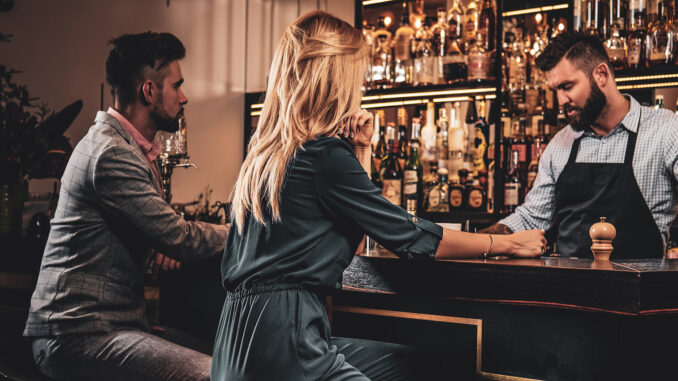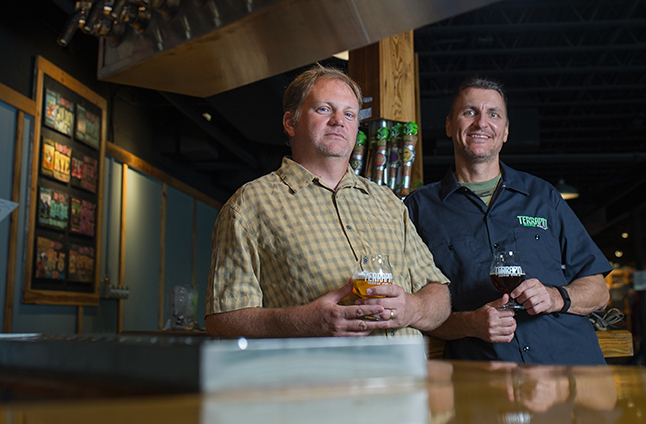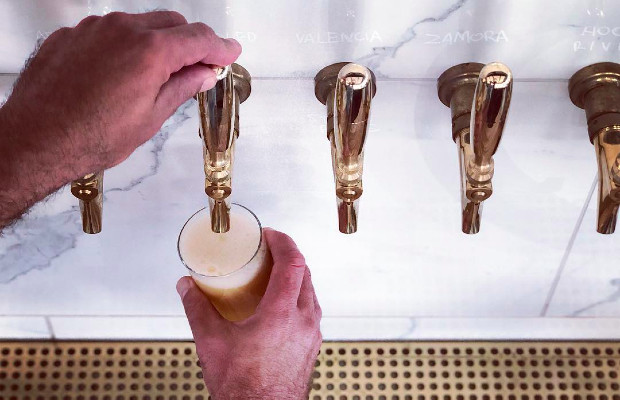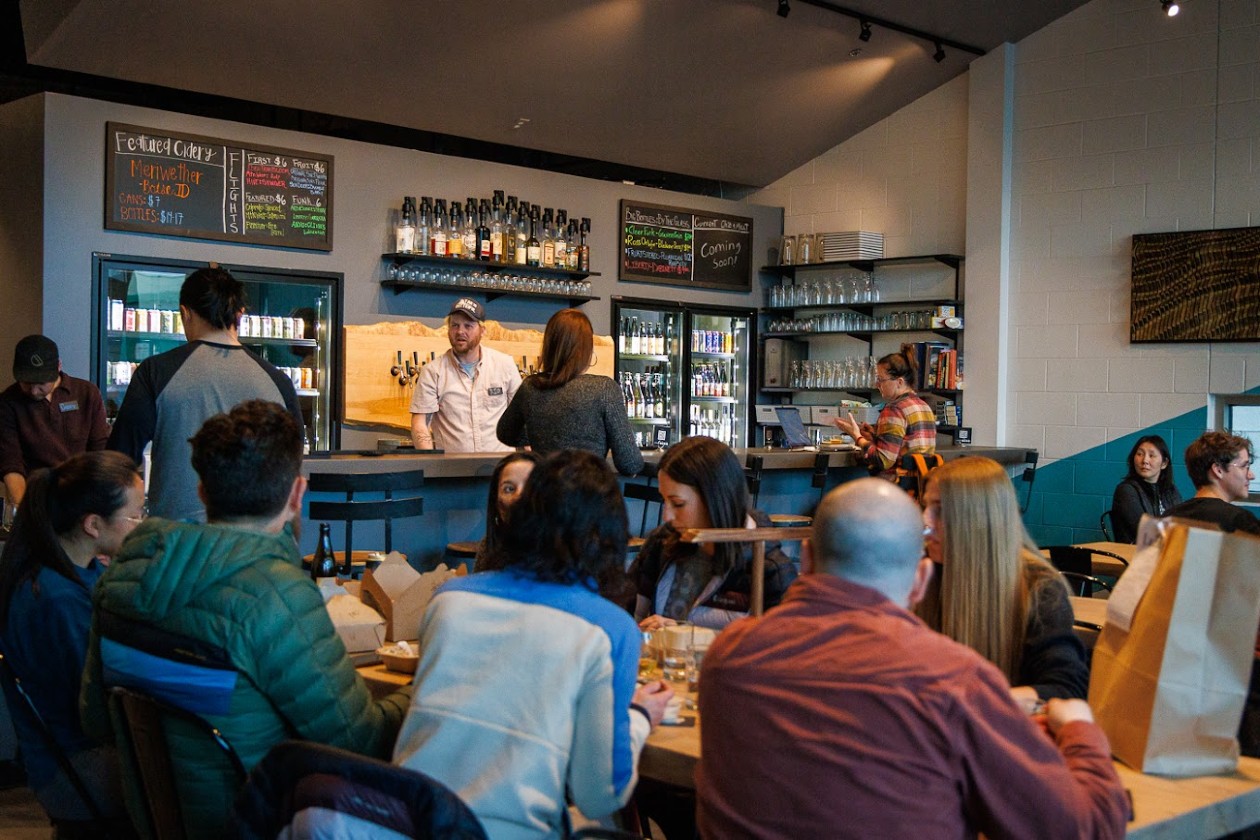
As the competition for tap handles and consumer attention continues to ramp up, the question many owners face is whether to position their brand as a commodity or as a premium experience.
It’s a strategic divide that can define not only your revenue potential, but also your brand’s long-term perception. The breweries that lean toward the luxury end of the spectrum aren’t necessarily chasing exclusivity for its own sake, they just want to chase excellence.
Creating a premium image is less about price tags and more about perception, intention, and execution.
If you are ready to move beyond being a local favorite to becoming a respected brand synonymous with quality (maybe even picking just one brand in your portfolio), the process requires patience, consistency, and internal alignment. It could take a whole year to implement the following roadmap to transform a brewery into a luxury brand without losing authenticity or alienating your loyal base.
The first two months set the foundation with internal mindset and brand audit work. Before any public rollout, align your team on what “premium” truly means. Train your staff to present beer with the confidence and depth of a Master Cicerone, which means knowing how to describe flavor notes, brewing stories, and pairing suggestions that elevate each pour into an experience.
READ MORE: Should You Position Your Brand as a Commodity or Premium Experience?
Consistency matters, so equip servers with key talking points or a light script to ensure guests hear a unified story. Audit every touchpoint, which includes the taproom design, menu layout, website flow, and packaging aesthetics. Identify anything that undermines that sense of quality. Cluttered menus, chipped glassware, inconsistent fonts, and harsh lighting all send the wrong signal. Even the language you use should evolve: replace casual phrases like “grab a pint” with curated terms such as “crafted,” “reserve,” or “seasonal expression.”
By months three and four, focus on your brewery’s visual and experiential cues. Premium perception begins with what people see and feel before they even taste your beer. Refresh your taproom lighting, invest in premium tableware, and redesign menus to reflect a refined tone. Introduce elegant glassware reserved for specific pours to subtly distinguish your higher-tier offerings.
Hire a professional photographer for high-quality product and lifestyle shots that will elevate your digital presence. For limited releases, consider minimalist, sophisticated label designs using textured paper or metallic accents that communicate intention and care.
Getting to six months down the road of your plan, it’s time to create your first visible premium product. Develop a small-batch release that embodies craftsmanship and rarity, perhaps a barrel-aged Saison, a spontaneously fermented ale, or a long-conditioned Lager.
Present it in 750ml cork-and-cage or wax-dipped bottles, hand-numbered for authenticity. Host a launch event that feels exclusive but welcoming, such as a ticketed guided tasting with food pairings. Offer early access to your most loyal customers so they feel part of the evolution, not pushed aside by it.
Heading down the stretch, seven to eight months or so, look to eepen engagement through exclusivity and community. Launch a paid founders club offering early access to limited releases, exclusive glassware, and private tasting events. Use scarcity as a storytelling tool. Set intentional production limits and let sell-outs enhance demand. Offer brewer-led tours or barrel tastings to create intimate connections between your process and your patrons. These experiences turn casual customers into advocates who take pride in being part of something rare.
As you move into the end of that first year of change, expand your storytelling and align your brand with prestige. Feature the origins of your ingredients through short videos or behind-the-scenes posts about your hop farmers, maltsters, or cooperage partners. Collaboration also elevates perception. Work with high-end chefs, chocolatiers, or boutique distilleries on special releases that extend your reach into new circles of influence. Introduce premium lifestyle merchandise such as leather coasters, heavyweight apparel, or curated glassware sets that feel like collectibles rather than souvenirs.
The final two months of the year of change is about cementing this identity so that your premium positioning feels like a natural extension of who you are. Release a second, even more exclusive reserve beer and host an annual pairing dinner with a local chef or sommelier that celebrates your year of refinement.
Refresh your brand messaging to reflect this elevated tone and update your website copy, mission statement, and “About Us” story to clearly articulate your pursuit of excellence. Finish with a media push, sharing your evolution with local lifestyle publications, foodie influencers, and craft beer media to solidify your place as your region’s premier brewery experience.
Throughout the process, a few key principles are to keep the strategy grounded. Maintain stability in your core lineup and pricing to protect your loyal base while expanding your premium tier.
Always lead with value, not price, by explaining the craftsmanship and story behind every higher-end product. Look to include your regulars in your growth through early access and insider experiences so they feel ownership in your brand’s journey. Above all, never launch a luxury product unless every element — from beer quality to packaging and service — matches the elevated promise.
Luxury branding in craft beer isn’t about exclusivity for its own sake; it’s about intentionality. It’s about making every detail, from your glassware to your guest experience, tell the same story of care, precision, and pride. When executed with authenticity, it doesn’t just raise your prices, it raises your perception, your loyalty, and your long-term success.







Be the first to comment